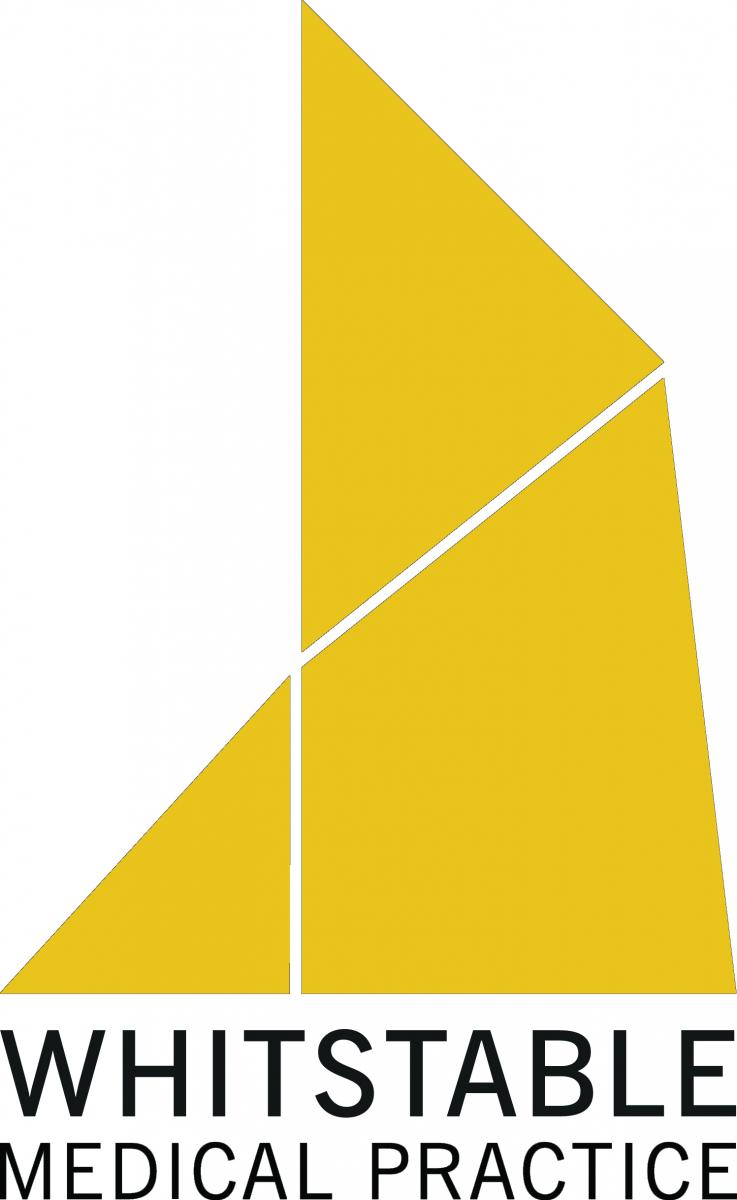Whitstable Medical Practice
Join the practice | Opening Hours | Online Services | Contact Us
CQC Rating Outstanding
Age-related macular degeneration (AMD)
Whitstable Medical Practice is pleased to offer the following service to patients in the Kent area.
What is WET AMD?
Age-related macular degeneration (AMD) is the leading cause of vision loss in people aged 50 years or older. It is a painless eye condition that causes you to lose central vision, usually in both eyes. It involves damage to the part of the eye called the macula. The macula is a small, but extremely important area located at the centre of the retina, the light-sensing tissue that lines the back of the eye.
The macula is responsible for seeing fine details, both close up and at a distance. This affects only the central vision, as the side vision, or peripheral, usually remains normal. Central vision is what you see when you focus straight ahead. In AMD, this vision becomes increasingly blurred, which means;
- Reading becomes difficult
- Colours appear less vibrant
- People’s faces are difficult to recognise
Macular degeneration develops when the macula is unable to function as effectively as it used to. There are two main types – Dry AMD and Wet AMD.
Wet AMD – sometimes called neovascular AMD – develops when abnormal blood vessels form underneath the macula and damage its cells. These vessels leak blood and fluid, which damage the macula with severe, permanent loss of central vision.
Wet AMD is more serious than Dry AMD. Without treatment, vision can deteriorate within days.
What Happens In the WET AMD Clinic?
This involves a series of injections of anti-VEGF medicines into your eye to stop these blood vessels growing and help control the leakage which cause loss of central vision. This treatment is highly effective in preventing further central vision loss in up to 90% of cases. The stages of your appointment/procedure is detailed below:
- Check in with one of our Patient Coordinators.
- Visual Acuity Checks – this consists of checking your sight using a Snellen chart which is similar to the checks that your optician does. Eye drops will also be administered.
- Optical Coherence Tomography (OCT) – the Technician will take non-invasive imaging tests to look at each of the retina’s distinctive layers.
- Consultation – the Consultant will review your history and eye checks to determine if you need to have an injection now or at another date. If you require an injection, the consultant will inject your eye(s) during this consultation.
- Book your follow-up appointment with a Patient Coordinator before you leave.
- eConsult
- Clinics & Services
- Test Results
- Additional Healthcare Services
- Counselling Services
- Dementia Services
- East Kent Hospitals Out Patient Dept
- Estuary View Urgent Treatment Centre & Minor Injury Unit
- e-Referral Service
- Electronic Prescription Service
- Flu Vaccination
- Group Consulations
- Nursing Services
- Patient Advice & Liaison Service
- Private / Non-NHS Fees
- Screening Services
- Summary Care Record
- Travel Advice
- Wet AMD
- Armed Forces veteran friendly accredited GP practice
We use cookies to help provide you with the best possible online experience.
By using this site, you agree that we may store and access cookies on your device. Cookie policy.
Cookie settings.
Functional Cookies
Functional Cookies are enabled by default at all times so that we can save your preferences for cookie settings and ensure site works and delivers best experience.
3rd Party Cookies
This website uses Google Analytics to collect anonymous information such as the number of visitors to the site, and the most popular pages.
Keeping this cookie enabled helps us to improve our website.

%20(1).png)
